博文
脂肪“盾牌”保护免疫细胞和一些癌细胞不受破坏
||
脂肪“盾牌”保护免疫细胞和一些癌细胞不受破坏
诸平
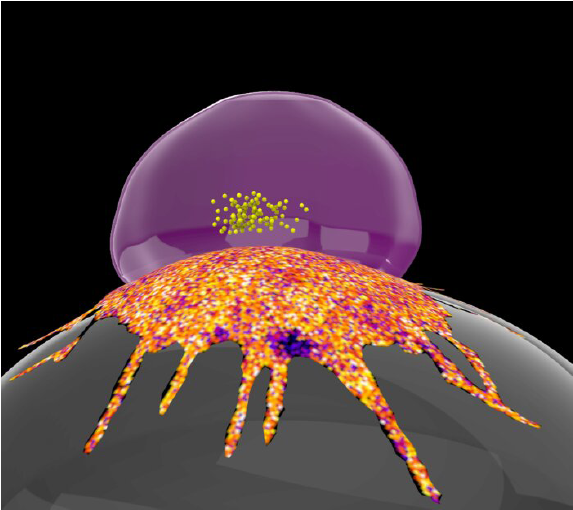
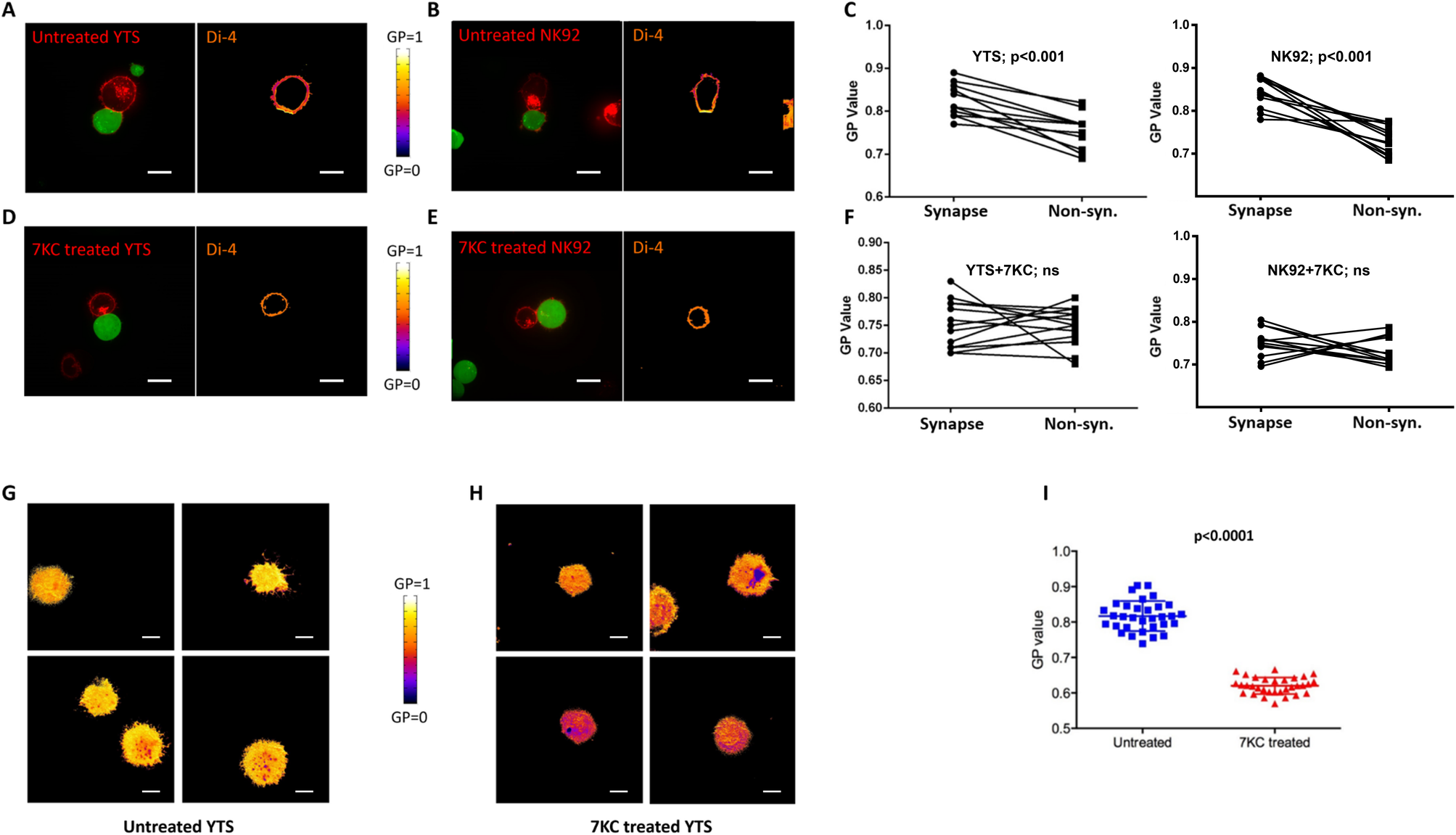
Fig 1. NK cells assemble presynaptic membranes with high lipid order during target cell engagement.
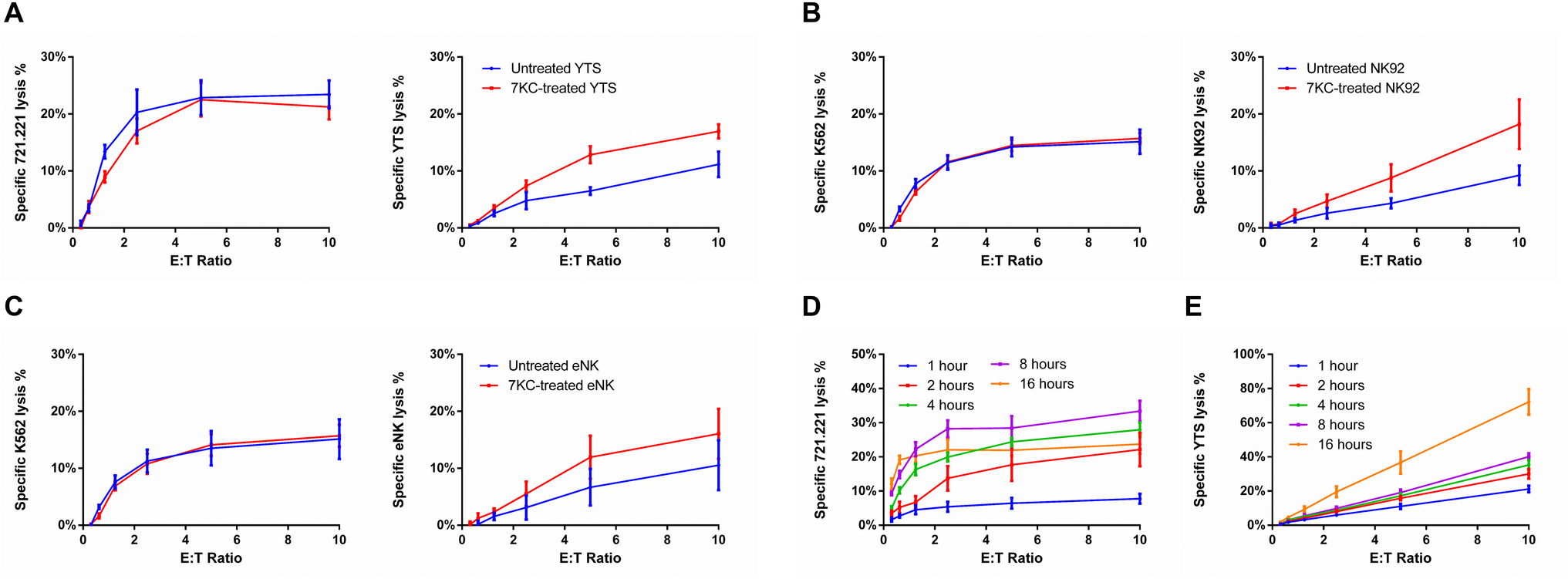
Fig 2. 7KC (7-ketocholesterol) treatment of NK cells induces NK cell death during target killing.

Fig 3. 7KC-induced NK cell death requires target cell–induced NK cell degranulation.

Fig 4. 7KC-induced NK cell death is perforin dependent.
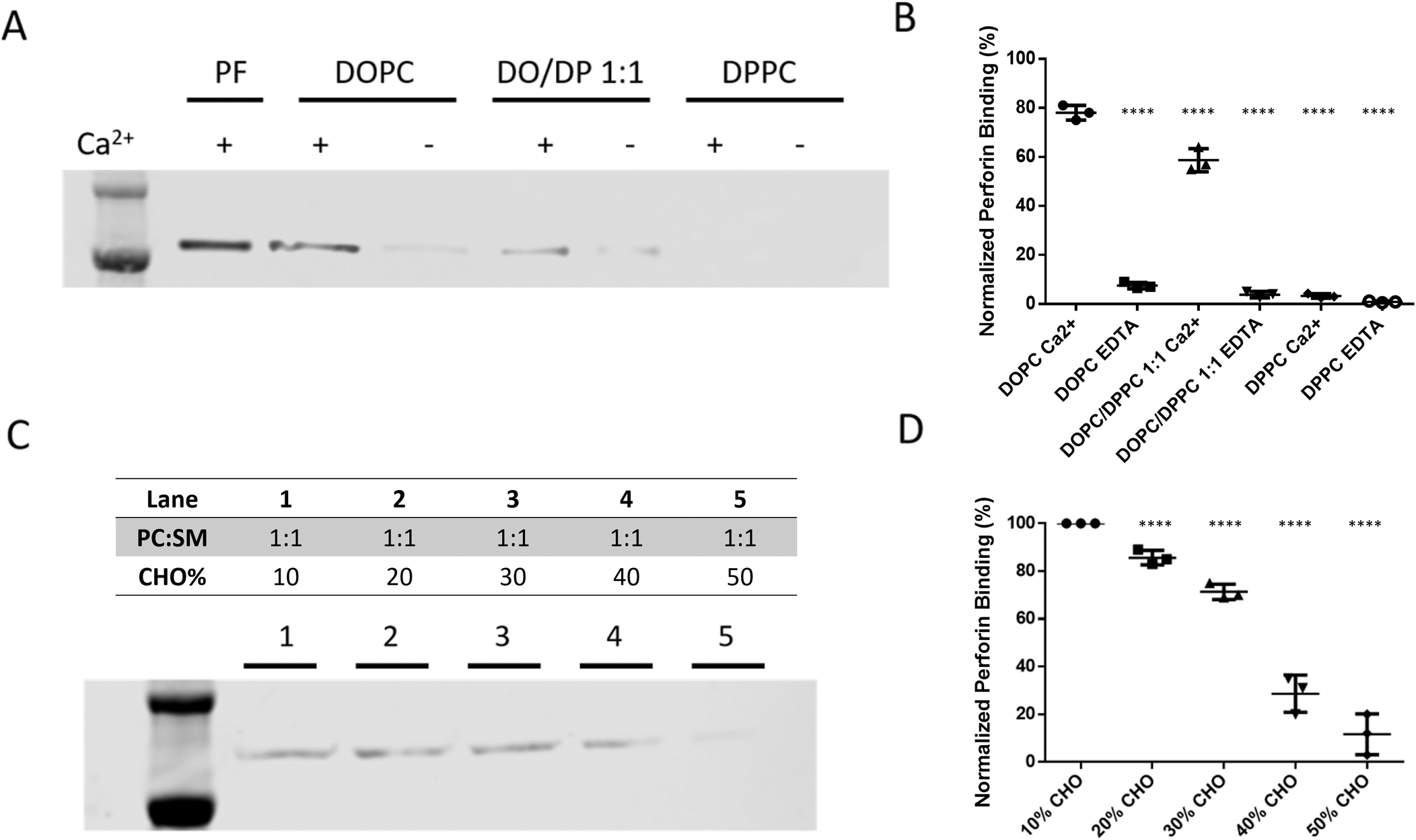
Fig 5. Perforin membrane binding is prevented by the presence of densely packed lipid.

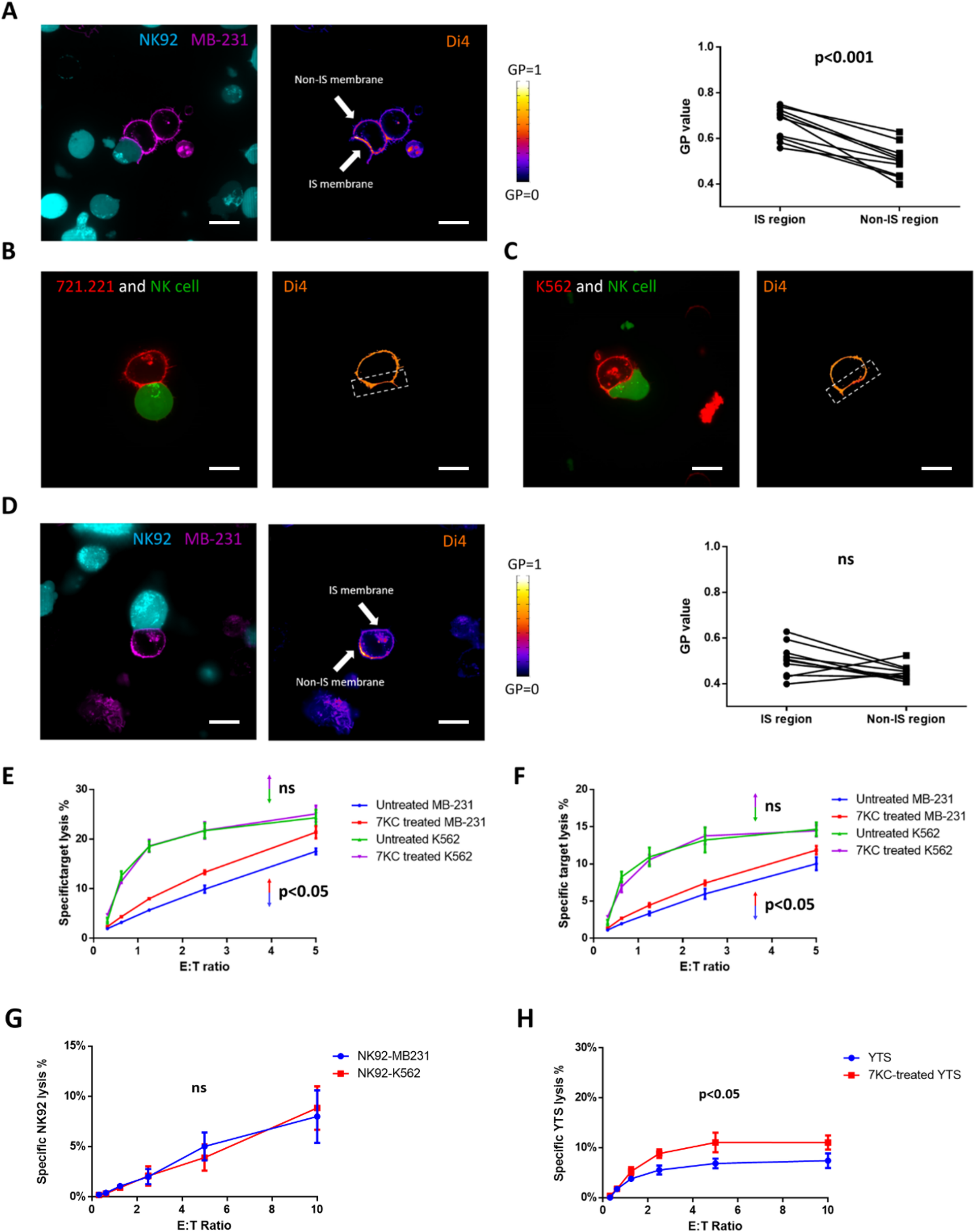
Fig 7. Cancer cells can evade NK cell killing by generating densely packed postsynaptic lipid membranes.
据美国哥伦比亚大学欧文医学中心(Columbia University Irving Medical Center)2021年8月3日提供的消息,该中心的研究人员与美国贝勒医学院(Baylor College of Medicine)的研究人员合作研究发现,一种新发现的脂肪“盾牌”(fat "shield")可以防止自然杀伤细胞(natural killer cells)被其自身的致命生物武器摧毁,同时也可以让一些癌细胞逃避免疫系统的攻击(Fat 'shield' protects immune cells—and some cancers—from destruction)。上述图片是自然杀伤细胞(natural killer cell简称NK cell,紫色)的三维模型,颗粒(黄色)附着在目标细胞(灰色)上。假色标度(A pseudo color scale)显示脂质在NK细胞膜上的堆积密度差异,颜色越鲜艳,表示密度越高。
哥伦比亚大学瓦格洛斯内外科医学院儿科学系(Department of Pediatrics at Columbia University Vagelos College of Physicians and Surgeons)的科学家们于2021年8月3日在《公共科学图书馆·生物学》(PLoS Biology)杂志上报道了这一发现——Yu Li, Jordan S Orange. Degranulation enhances presynaptic membrane packing, which protects NK cells from perforin-mediated autolysis. PLoS Biology, 2021 Aug 3; 19(8): e3001328. DOI: 10.1371/journal.pbio.3001328. https://doi.org/10.1371/journal.pbio.3001328,它可能为侵袭性癌症提供新的治疗方法。
自然杀伤细胞都是多面杀手(Natural killer cells are prolific assassins)
自然杀伤细胞(Natural killer cells)是我们身体抵御病原体和癌细胞的第一道防线,随时存在,随时准备攻击。
自然杀伤细胞是高效的杀手,每天可以消灭多达6个感染细胞或癌细胞。致命的免疫细胞(deadly immune cells)试图抓住目标,用有毒物质(蛋白质和酶)攻击其目标,这些有毒的蛋白质和酶会在细胞膜上穿孔。这些物质没有特别的选择性,在攻击过程中很容易破坏自然杀伤细胞膜。
但既是这些物质如此致命,自然杀手细胞如何在袭击中会死里逃生而存活下来呢? 哥伦比亚大学瓦格洛斯内外科医学院儿科系主任兼Reuben S. Carpentier儿科教授、也是研究负责人、免疫学专家乔丹·奥林奇(Jordan Orange)博士说:“自20世纪90年代初以来,我一直在研究自然杀伤细胞,每次我做关于这些细胞的演讲,总会有人问这个问题。直到现在才有人真正知道为什么。”
脂肪屏蔽(Shielded by fat)
李玉(Yu Li音译)是与乔丹·奥林奇一起工作的一名研究生,目前他们正在研究自然杀伤细胞是如何工作的,他也是这项研究的第一作者,他认为答案可能在于双层脂质——一种构成所有细胞外膜的脂肪。李玉注意到,与其他细胞相比,在显微镜下,自然杀伤细胞的细胞膜看起来更有序,脂质更密集。
李玉说:“关于为什么自然杀伤细胞在攻击其他细胞时不会杀死自己有很多假设,但他们都提出可能有一种神奇的、未知的蛋白质保护这些细胞。”不过,李玉对此表示怀疑。他说:“基于生物物理的考虑,我认为蛋白质不足以保护这些自然杀伤细胞。当我观察这些细胞时,我想到了脂质(lipids)。”
李玉将他的理论付诸实践:他将细胞膜暴露在一种削弱脂质层结构的化合物中。由于细胞膜密度较低、排列较不整齐,天然杀伤细胞无法抵御自身的有毒冲击波,并随其目标细胞一起死亡了。
增援者在自然杀手细胞攻击前到达(Reinforcement arrives before natural killer cells attack)
李玉发现,为了确保它们的生存能力,自然杀手细胞会在发动攻击之前立即加固它们的细胞膜。含有致命物质的小颗粒会移动到自然杀伤细胞的外边缘。当此颗粒将其物质释放到杀伤细胞和目标细胞之间的空间时,其自身异常致密的脂质膜与天然杀伤细胞的细胞膜结合并增强。
乔丹·奥林奇说:“从本质上说,李玉发现细胞薄膜变成了一个防护罩。这种保护来自于膜脂的排列方式。当脂质排列更加有序时,就会有更多的脂质被包裹进膜之中。有毒物质根本无法进入细胞膜。”
脂质屏蔽也能保护一些癌细胞(Lipid blast shield also protects some cancer cells)
李玉和乔丹·奥林奇还发现,自然杀伤细胞并不是唯一采用脂质防护屏障的细胞。至少有一些癌细胞在受到自然杀伤细胞(可能还有细胞毒素T细胞,另一种利用脂类保护的免疫细胞)的攻击时,已经采取了防御措施来保护自己。
李玉发现,一种来自于侵袭性乳腺癌(aggressive breast cancer)的细胞,都知晓对自然杀伤细胞不敏感,它们在攻击过程中会增强其细胞膜。这种强化在保护癌细胞方面是必不可少的,因为当他添加一种膜化合物破坏脂质堆积时,癌细胞就变得脆弱了。
李玉说:“我们还不知道这是否是癌细胞抵抗自然杀伤细胞(cancer cells resist natural killer cells)的一般机制。如果可以推广,我们可以开始考虑破坏肿瘤细胞膜的疗法,使其更容易受到免疫系统的攻击。上述介绍,仅供参考。欲了解更多信息,敬请注意浏览原文或者相关报道。
Natural killer (NK) cells kill a target cell by secreting perforin into the lytic immunological synapse, a specialized interface formed between the NK cell and its target. Perforin creates pores in target cell membranes allowing delivery of proapoptotic enzymes. Despite the fact that secreted perforin is in close range to both the NK and target cell membranes, the NK cell typically survives while the target cell does not. How NK cells preferentially avoid death during the secretion of perforin via the degranulation of their perforin-containing organelles (lytic granules) is perplexing. Here, we demonstrate that NK cells are protected from perforin-mediated autolysis by densely packed and highly ordered presynaptic lipid membranes, which increase packing upon synapse formation. When treated with 7-ketocholesterol, lipid packing is reduced in NK cells making them susceptible to perforin-mediated lysis after degranulation. Using high-resolution imaging and lipidomics, we identified lytic granules themselves as having endogenously densely packed lipid membranes. During degranulation, lytic granule-cell membrane fusion thereby further augments presynaptic membrane packing, enhancing membrane protection at the specific sites where NK cells would face maximum concentrations of secreted perforin. Additionally, we found that an aggressive breast cancer cell line is perforin resistant and evades NK cell-mediated killing owing to a densely packed postsynaptic membrane. By disrupting membrane packing, these cells were switched to an NK-susceptible state, which could suggest strategies for improving cytotoxic cell-based cancer therapies. Thus, lipid membranes serve an unexpected role in NK cell functionality protecting them from autolysis, while degranulation allows for the inherent lytic granule membrane properties to create local ordered lipid "shields" against self-destruction.
https://blog.sciencenet.cn/blog-212210-1298329.html
上一篇:化学反应是如何计算的?
下一篇:Dimensions数据库收录咸阳师院作者论文究竟来自何刊